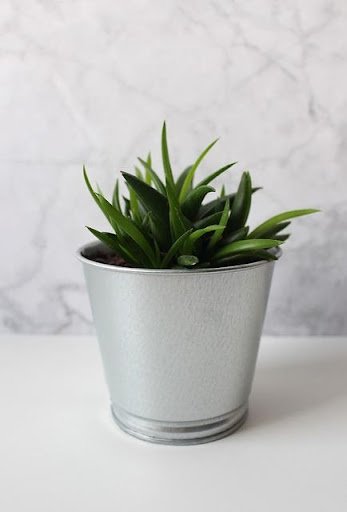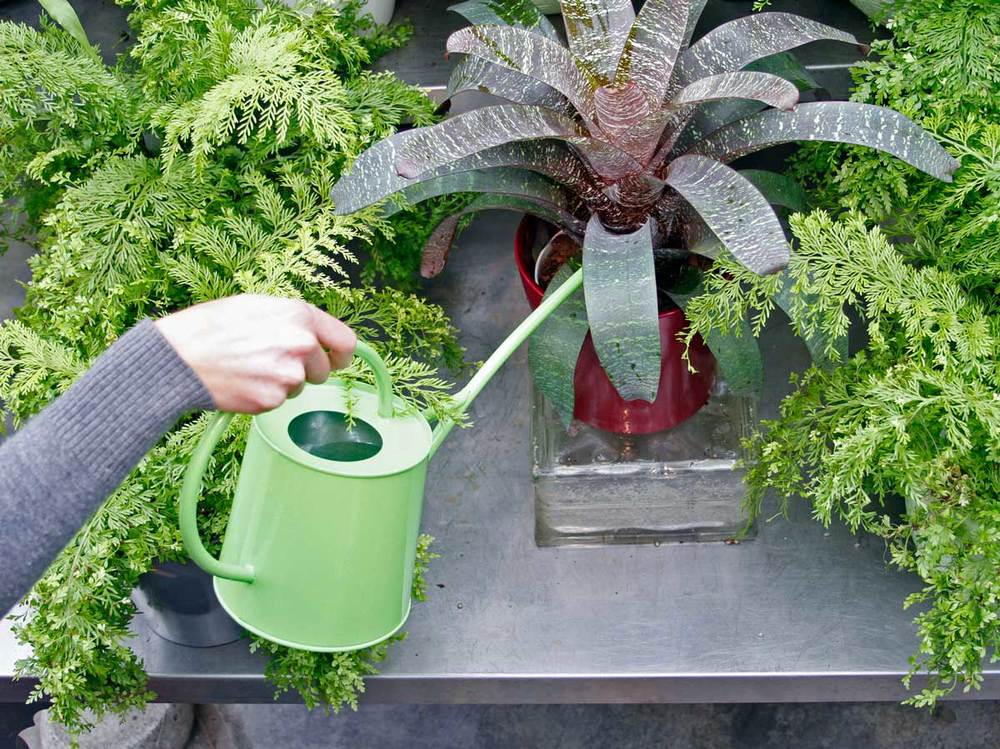As a plant parent, what do you do when the foliage goes downhill or becomes diseased or if you decide to move a great distance and it can’t come? Everyone starts to develop a relationship with these living beings, particularly once we understand how to care for them and maintain their health adequately.
Therefore, whatever the reason for the two of you separating, you want to ensure that you find an adequate method for handling the foliage since there is a connection between the way you dispose of greenery and your responsibility to the planet.
It can be as straightforward or involved as you choose. Still, it will depend on the level of attachment you developed for what is now an orphaned plant and your commitment to eco-consciousness when removing unwanted houseplants (and potentially getting new ones when you settle elsewhere).
You can choose donation, crafts with the remains, composting, or merely disposal of the material. What is ethical? Go to https://canyouthrowitaway.com/plants/ for guidance on disposal. Let’s find out.
What Is The ideal Delivery Method For An Unwanted Potted Plant For Disposal
Regardless of the reason for disposing of a potted plant, the disposal should be ethical, especially since there is a degree of fondness for this foliage. Whether the plant is doing poorly in your environment, the plant is becoming diseased, or you’re making a move where you can’t take the plant, you want to have a sense of peace that the live shrub went off to a happier place.
Sincerely, there are times where there’s nothing you can do no matter how attached you are to your indoor plants as far as keeping it with you, particularly if you’re moving across the country. Houseplants require stability each day, including placement in a sunny spot with their water intake needs meeting. Most greenery, even those with low maintenance requirements, can’t go for longer than maybe two weeks without access to nutrients and freshwater.
So, what does one do with orphaned plants often kept in homes for as long as decades and for which people develop significant sentiment? There are ethical options aside from the compost pile and tossing them in the bin. Let’s check some out.
Plant donations are a popular choice

Many companies and organizations are choosing to have plants and greenery incorporated into their offices as a way to bring nature into the environment for the morale of their staff. These businesses often, though, don’t have the budget to bring in the number of plants they need for their indoor spaces.
One kind option for those orphan plants is to donate them to places that will otherwise not have the benefit of foliage in the organizations. Some of these establishments include:
- A church in your local area that depends on donations for products and services would benefit substantially from foliage donations.
- Many community centers rely on the local neighborhoods to donate items that families in the area can enjoy.
- A medical office or hospital would be thrilled to receive a donation of plants to brighten up their environment for the patients and the staff.
It can be difficult to give away something with which you have a long history. Still, if it’s an organization that brings joy to other people, it can genuinely give you good vibes and make you feel better about the whole experience.
Put your plant on a posting for sale.
Selling the plants is similar to donating. The difference is you have more of an idea of where the foliage will go, plus you make a profit from letting your greenery go. The advantage of this is for someone who might have had their plant for a significantly long period and doesn’t want to give it to merely anyone. Instead, they prefer to choose a person who will continue the same type of care so that the foliage continues to prosper.
You might have searched trusted, quality sites like plantedpot to find the ideal plant. Perhaps you paid a substantial amount for your option. In any case, the idea is to ensure that the people approaching you regarding the greenery are legitimate, understand the particular variety, and have no problem paying a specific price, ultimately showing they care about the plant in the same way you do.

Plant it.
There are so many “torturous” suggestions that ultimately lead to the plant’s death, including crafting with the plant’s material, putting it in the compost, and worst of all, merely tossing it in the trash.
Before you take any of these drastic measures, the last ethical approach to prevent the need for these is to plant the foliage outside.
It might not necessarily be adaptable to the outdoor climate. It could ultimately not survive in the elements. Still, it has that slight chance that it might acclimate, and it deserves that opportunity. Find a nice spot near your place where it’s ok to dig a nice hole for the shrub, put it in and wish it well.
Final Thought
Just because we might have to let go of our old plants outside the limits of our control. Whether it’s due to a cross-country move or because the plant isn’t doing well, it doesn’t mean toss them out and forget about ever having a plant again. Take this link to learn if tossing dead plants is the best form of disposal.
For one thing, if your plant is doing poorly and you don’t believe you can save it, take it to a garden center or a local nursery to see if they can take over for you to bring it back to health. And don’t give up because you lost one plant. Keep up with the nursery to see what you did wrong to learn from the experience and then try again.






